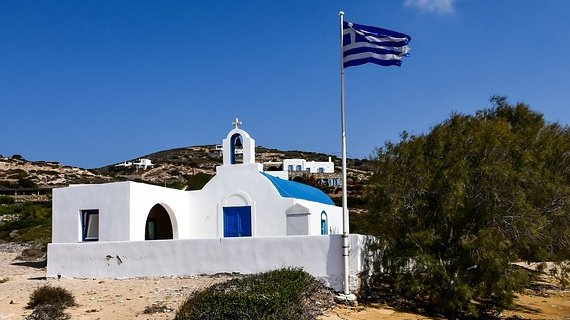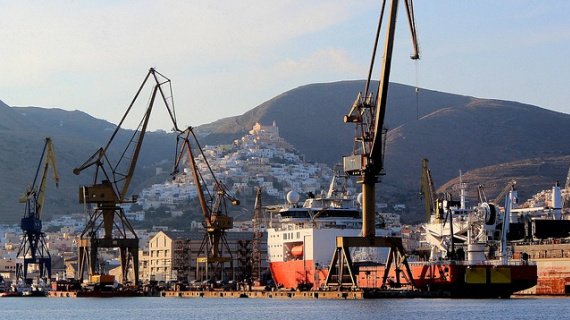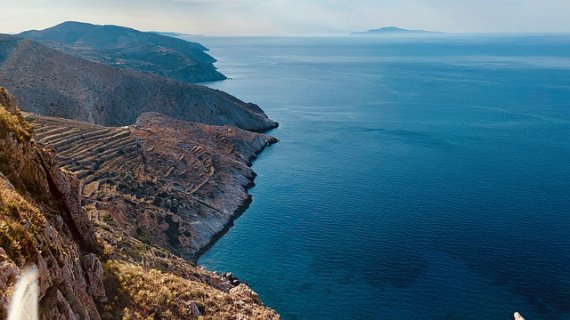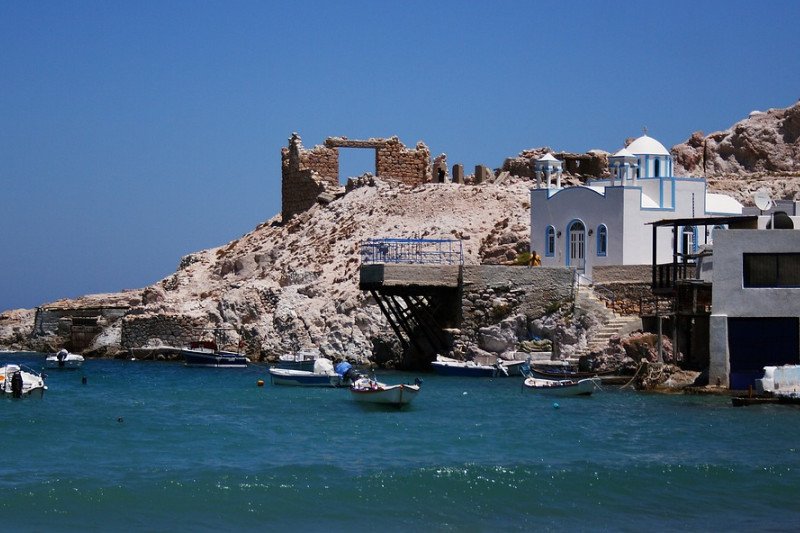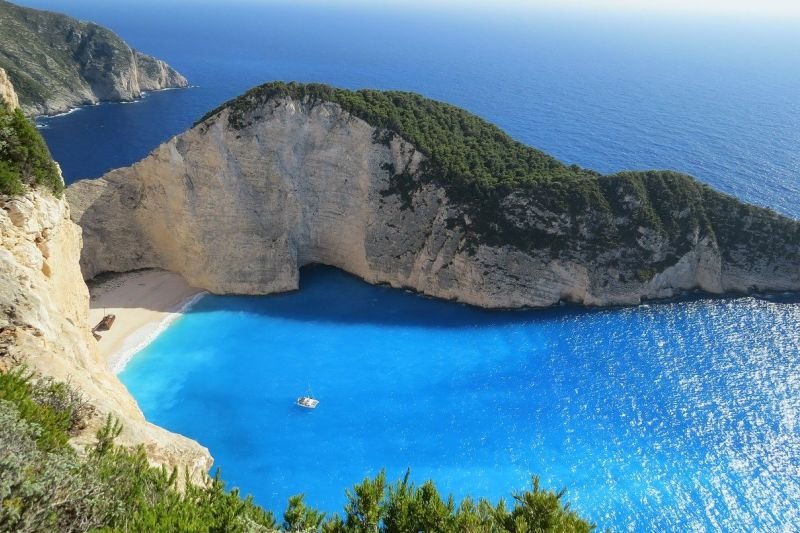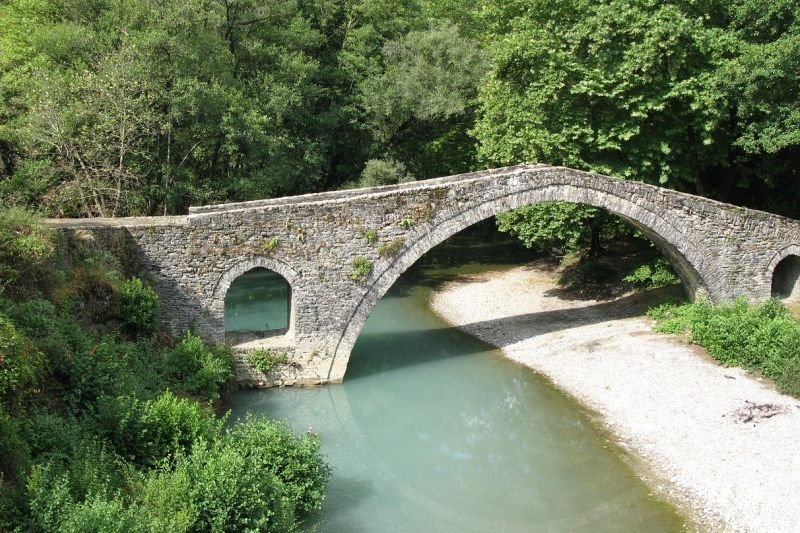Partying
The Greek islands are renowned worldwide not only for their stunning beaches and crystal waters but also for their crazy nightlife and endless partying. The cheerful atmosphere, the friendly welcome, loud international music, and extraordinary cocktails magnetize youths from all over the world to dance from dusk till dawn and have a great time. The best Greek islands for parties include Mykonos, Ios, Paros, and many others. Beach bars transform into thrilling clubs with top international DJs, go-go dancers, and exotic cocktails. Just imagine sipping your cocktail or champagne, enjoying a breathtaking view of the dark sea and the lighted town! Sounds dreamy, right?
Island hopping
Island hopping in Greece is one of Europe’s unmissable adventures. But with over 200 islands where do you start? Ferry services are plentiful and mostly reliable through the warmer months, so why not choose a group of islands like the Ionians, the Dodecanese or the postcard pretty Cyclades and see as many as you can? Nothing beats sitting out on the deck of the ferry in the sunshine, sipping on a frappe, thumbing through a guidebook wondering what stories await at the next island. The anticipation as you wait in the crowd to disembark the ferry, as the alarm sounds and the door draw down – providing the first glimpse of your chosen destination.
Adventure Sports
In Greece, extreme sports offer genuine emotional experiences. Your adrenaline will spike on dozens of off-road routes for cars and motorcycles, or as you jump out of an airplane in the extreme sport of skydiving. Rock and mountain climbing, hiking, biking, canyoning, skiing, rafting, riding, yachting, kayaking, windsurfing, kite-surfing, sailing, scuba diving…whatever your sport, you’ll relish it in Greece. The marvellous mild climate, a landscape that is four-fifths mountains and one of the longest coastlines in the world makes Greece special and ideal for all kinds of sports all year round. Gather your friends and gear, maps, a reliable GPS and set off on an unforgettable holiday adventure. You don’t have to be an expert to enjoy this captivating journey. All you need is a taste for the intoxicating freedom of the outdoors – and an appetite to experience what life in Greece is really all about.
Wine tasting in the country
Greece through a glass of wine – journey back to where it all began, 4,500 years ago, and follow the origins of Greece’s finest wines and ancient winemaking practices. Visit award-winning wineries that grow famous varieties such as Moschofilero, Agiorgitiko, as well as Cabernet and bottle some of the finest labels, with the wine tasting country tour. Expand your knowledge of the wines that thrive best in this country’s fertile soils, while you sample the gastronomic treasures of the region, and stay in premium guesthouses chosen for their charm and location. In between, you can discover timeless cultural sites, authentic villages and romantic locations where you can feel the mythology of the past imprinted on the breeze.
Wander through the Caves
Nature works its magic and impresses us all, through the mesmerizing landscapes and the fabulous details in each canvas. It takes centuries or even millennia of hard work, shaping the ground and creating the antitheses that compose the dreamiest scenery. Gigantic mountains and steep gorges, cliffs and rocky territories, welcoming shores of fine golden sand and evergreen forests are just few of nature’s masterpieces. But in Greece, you should take the chance to wander through the most amazing caves. Carved in the stone, they have revealed the underground beauty. There are various caves available for diving and exploring, whether you are experienced or not.













